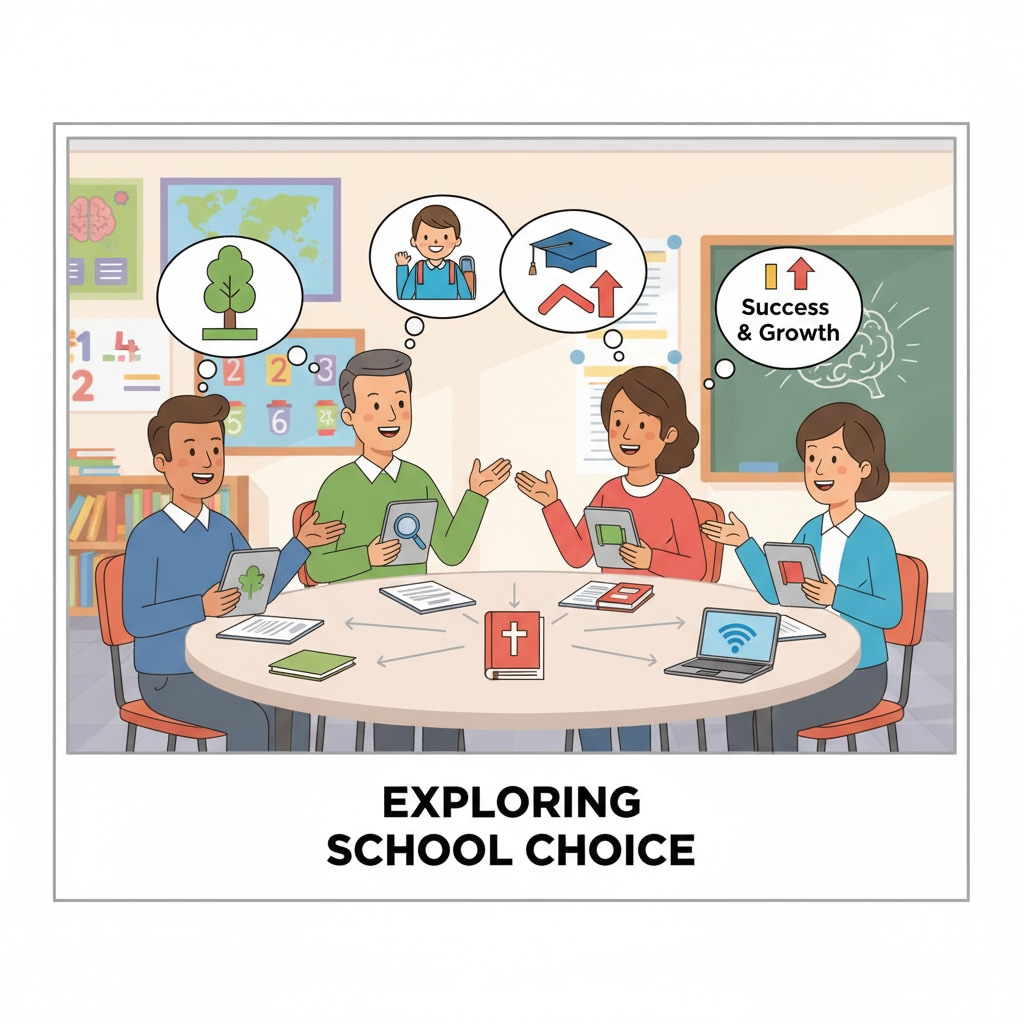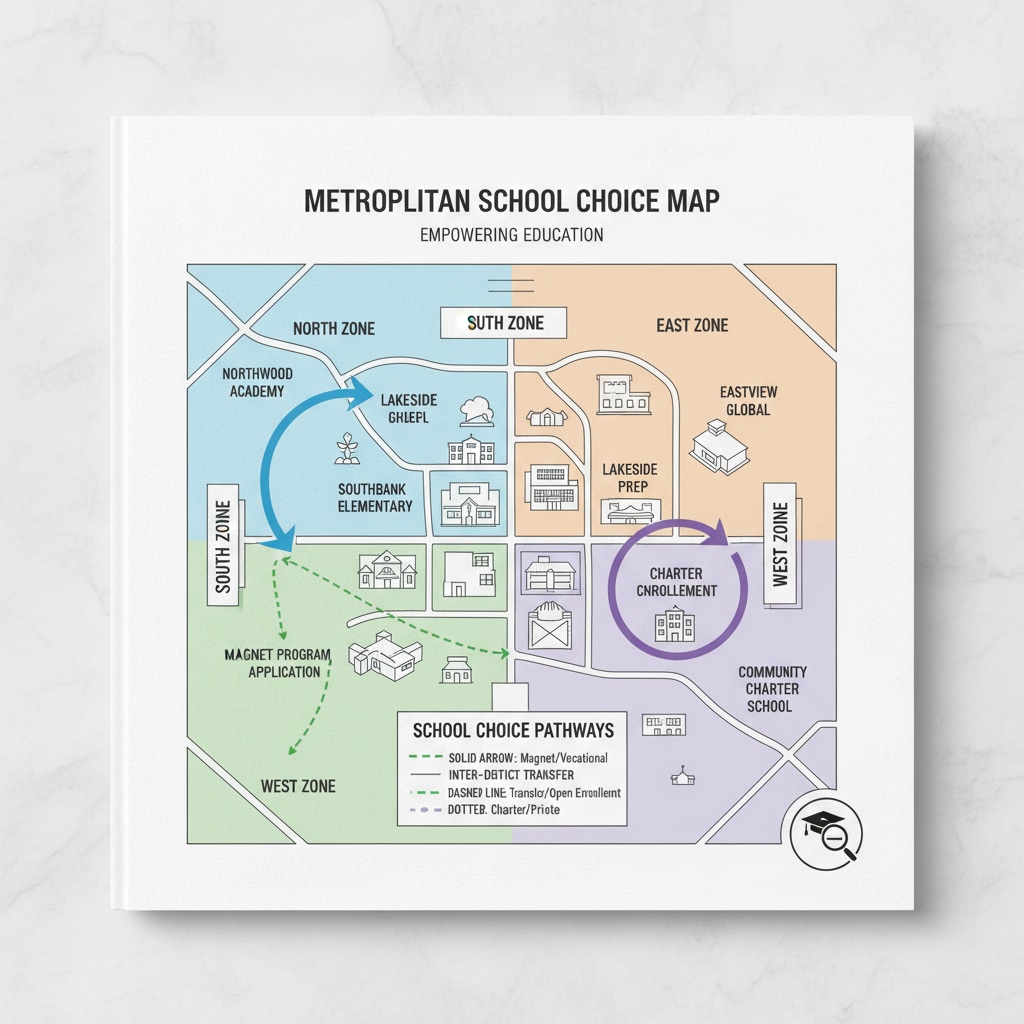School choice, political controversy, and education policy are intertwined concepts that have been at the forefront of educational discussions. The school choice system, a much-debated educational policy, has triggered profound political divides between parental educational autonomy and educational fairness. This article will dissect the core concept of school choice, its diverse practical forms, and the political controversies it has engendered, exploring why it has become a focal point in educational reform.

The Concept of School Choice
School choice refers to the idea that parents should have the freedom to choose the schools their children attend, rather than being restricted to the local neighborhood school. This concept is based on the belief that increased parental choice can lead to improved educational outcomes. For example, parents may be able to select a school with a particular curriculum, teaching style, or extracurricular offerings that better suit their child’s needs. As a result, it gives parents more control over their children’s education, which is seen as a positive step towards educational freedom. According to Wikipedia’s entry on School Choice, different forms of school choice have emerged in various educational systems around the world.
Practical Forms of School Choice
One common form of school choice is the voucher system. In a voucher system, the government provides parents with a sum of money, in the form of a voucher, that can be used to pay for their child’s education at a chosen school, which may include private or charter schools. Another form is open enrollment, where students can apply to any school within a district or sometimes even across districts. Magnet schools also play a role in school choice. These schools focus on a specific area such as science, technology, engineering, and mathematics (STEM) or the arts, attracting students with a particular interest in those fields. Britannica’s coverage of School Choice further elaborates on these different models.

However, while these forms of school choice aim to provide more options for parents and students, they also bring about a host of issues.
Readability guidance: The paragraphs above use short sentences and paragraphs to improve readability. Transition words like ‘however’ and ‘for example’ are used to enhance the flow. The content is organized into sections to clearly present different aspects of school choice.


